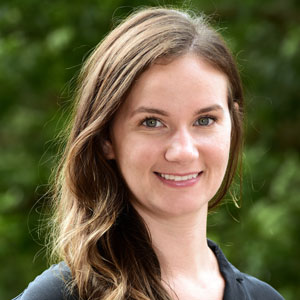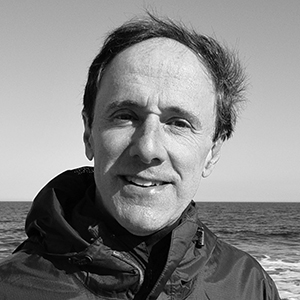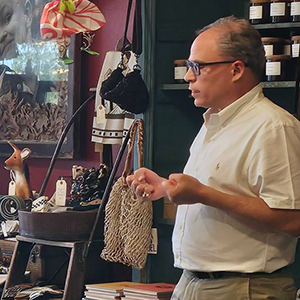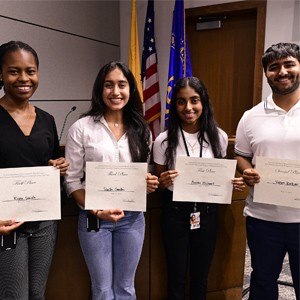Scientists from around the world discussed the need to fine-tune their vocabulary to promote data integration, understandability, and accessibility during an NIEHS workshop to advance the Environmental Health Language Collaborative (EHLC), held Sept. 9-10. The group aims to foster a global community to develop and adopt harmonized terminology across the environmental health sciences.
 EHLC advances Theme Two of the NIEHS Strategic Plan 2018-2023 by promoting Data to Knowledge to Action in a way that ultimately improves public health. (Photo courtesy of PopTika / Shutterstock.com)
EHLC advances Theme Two of the NIEHS Strategic Plan 2018-2023 by promoting Data to Knowledge to Action in a way that ultimately improves public health. (Photo courtesy of PopTika / Shutterstock.com)Creating shared meaning
“We all call the same thing different words,” said NIEHS grantee Rima Habre, Sc.D., from the University of Southern California, who was one of 240 event participants. “It would be nice for us to agree on the terms we want to use. The intention is there, but the how is very difficult.”
One obstacle is that scientists in different specialties often describe elements of their research in ways that are distinct from other fields. For example, a toxicologist and an epigeneticist might classify an environmental exposure in a manner unique to their respective discipline. That can lead to misunderstanding, hinder scientific collaboration and discovery, and impede research translation, which is critical to sharing findings with the public and improving human health.
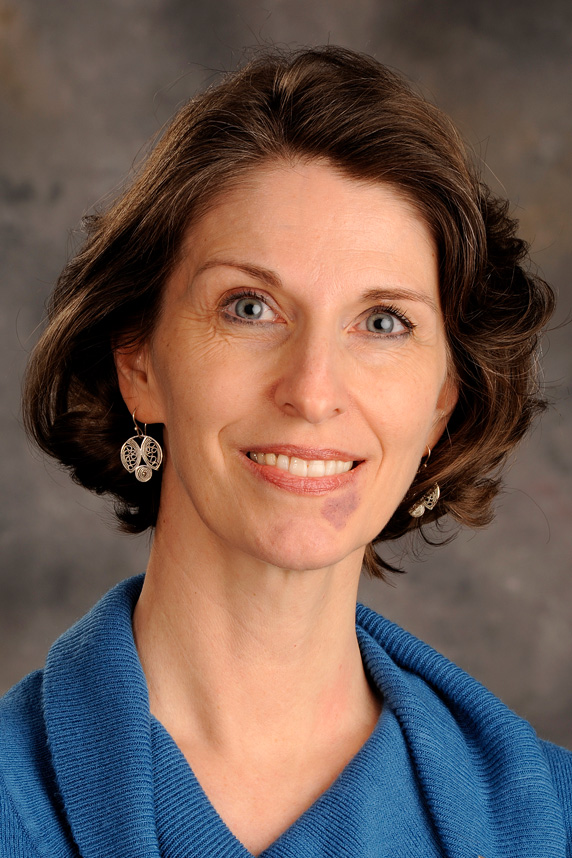 Holmgren helped to organize two pre-workshop events that set the stage for the EHLC meeting. (Photo courtesy of Steve McCaw / NIEHS)
Holmgren helped to organize two pre-workshop events that set the stage for the EHLC meeting. (Photo courtesy of Steve McCaw / NIEHS)Another issue is that although common biomedical terminologies and methods for categorizing scientific knowledge are available, they may not clearly overlap with environmental health sciences research. Determining what definitions or synonyms should be standard is challenging.
Building community, developing solutions
Workshop co-organizer Stephanie Holmgren, program manager in the NIEHS Office of Data Science (ODS), said the event marked the beginning of a long-term effort to tackle those issues and gain broader adoption of harmonized language approaches. Workshop goals included the following.
- Build a sustainable community — Obtain agreement on the EHLC proposed mission, community model, and strategy.
- Develop semantic solutions — Define use cases in environmental health sciences research and begin to identify semantic needs and strategies. Semantics is an aspect of linguistics focused on meaning.
Participants examined key aspects of environmental health sciences research, such as integrating data from multiple studies and identifying biological markers of exposure. They closely reviewed those topics to assess the potential for shared terminology and to establish logical ways of organizing diverse research elements and related scientific knowledge.
Goals discussed during the conference include enhancing communication among scientists, increasing the rigor of research, and promoting greater data interoperability, among others.
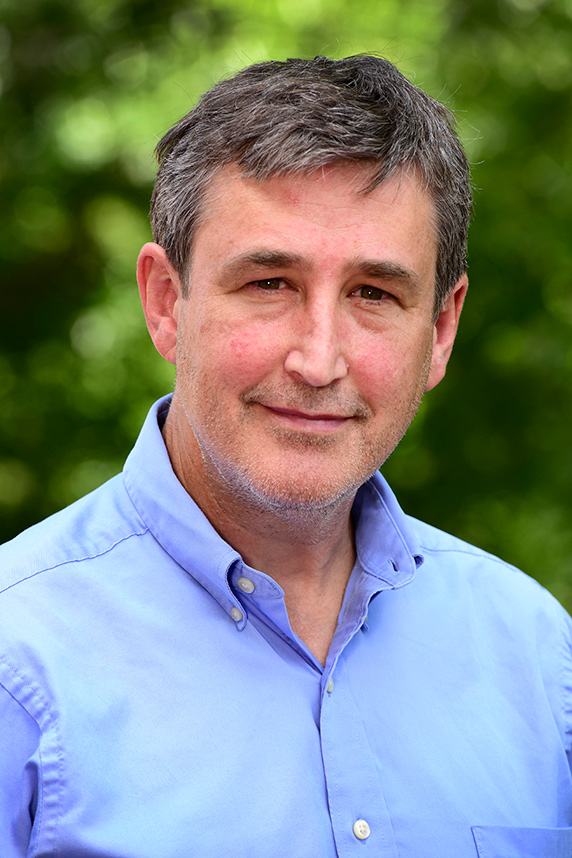 Schmitt oversees initiatives aimed at accelerating scientific discovery, fostering collaborative research, and applying data and knowledge management in the environmental health sciences. (Photo courtesy of Steve McCaw / NIEHS)
Schmitt oversees initiatives aimed at accelerating scientific discovery, fostering collaborative research, and applying data and knowledge management in the environmental health sciences. (Photo courtesy of Steve McCaw / NIEHS)“We left happy with the input we received,” said ODS Director Charles Schmitt, Ph.D. “There is additional feedback the community would like to provide, and we will facilitate that, but attendees overall felt that this effort is on the right path.”
Resources and next steps
Holmgren and Schmitt emphasized that the workshop is only the beginning of an ongoing conversation among the environmental health sciences community about harmonizing research language. In August, they published a paper in the International Journal of Environmental Research and Public Health that details the impetus of EHLC and its long-term goals.
For those who would like to get involved, join this electronic mailing list to receive updates on the collaborative’s activities. EHLC is building a repository of resources to keep the project moving forward. Also, an environmental health sciences ontologies catalog is now available. If you are aware of other resources that are worthwhile to include, please email Stephanie Holmgren.
Citation: Holmgren SD, Boyles RR, Cronk RD, Duncan CG, Kwok RK, Lunn RM, Osborn KC, Thessen AE, Schmitt CP. 2021. Catalyzing knowledge-driven discovery in environmental health sciences through a community-driven harmonized language. Int J Environ Res Public Health 18(17):8985.
(Jennifer Harker, Ph.D., is a technical writer-editor in the NIEHS Office of Communications and Public Liaison.)





